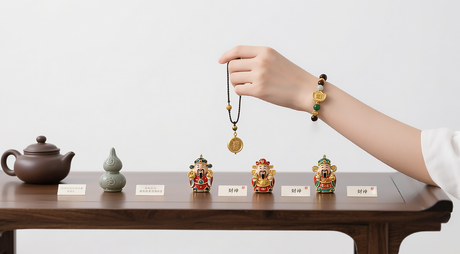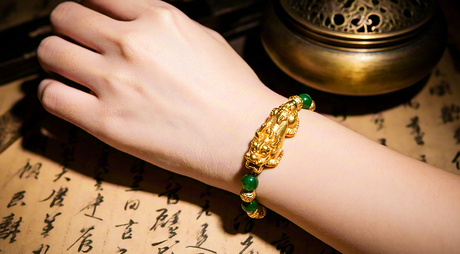Table of Contents
- Introduction: Celebrating Diversity Across China
- Festivals of Southwest and Central China
- Festivals in Northeast China
- Unique Traditions and Cultural Practices
- Traditional Foods and Clothing
- Contemporary Observance of Festivals
- Conclusion: The Richness of China’s Ethnic Mosaic
- Recommended Reading
1. Introduction: Celebrating Diversity Across China
Beyond the well-known ethnic communities, China is home to many lesser-known groups, each contributing distinct customs, festivals, and arts. From the tropical forests of Yunnan to the mountainous regions of Sichuan and Guizhou, these communities maintain vibrant traditions that express history, spirituality, and social life.
This article highlights some of these ethnic groups — including the Zhuang, Kam, Bai, Tujia, Wa, She, Russian, Evenki, and Qiang peoples — showcasing their festivals, cultural practices, and everyday traditions.

2. Festivals of Southwest and Central China
- Zhuang People: Song Festival with folk singing competitions, bronze drum rituals, and boat races reflecting agricultural cycles and communal life.
- Kam People: Grand Song Festival featuring polyphonic choir performances and wooden drum ceremonies during lunar new year and harvest celebrations.
- Bai People: Third Month Fair combining Bai opera, horse racing, and religious rituals at temples and bridges.
- Tujia People: Sheba Festival marking the start of the planting season with dances, drum performances, and ancestral offerings.
- Wa People: Ai Festival with fire-lighting ceremonies, bamboo dances, and community feasts to honor ancestors and nature spirits.

3. Festivals in Northeast China
- Evenki People: Seasonal rituals emphasizing harmony with nature, sacred animals, storytelling, handicrafts, and reindeer parades.
- Erlun Spring Festival (Evenki): Combines ritual dance, oral history recitation, and local crafts.
- Russians in China: Celebrate Maslenitsa and other Orthodox holidays, blending Russian cuisine, folk music, and dance with local Chinese customs.

4. Unique Traditions and Cultural Practices
- Qiang People: Stone-built watchtowers, New Year dances, embroidery with mythological motifs, and dragon and lion dances.
- She People: Bamboo weaving, traditional songs, and She Folk Songs Festival emphasizing oral transmission and communal celebration.
- Other Minorities: Groups such as Hani, Lahu, and Lisu maintain intricate traditional music, agricultural rituals, and textile artistry reflecting adaptation to local environments.

5. Traditional Foods and Clothing
- Food: Zhuang sticky rice and sour bamboo shoots; Bai “Three-Course Tea” and local rice wine; Tujia smoked meats and chili dishes; Wa glutinous rice cakes; Russian pastries and fish dishes.
- Clothing: Bai white embroidered tunics and headpieces; Qiang colorful jackets and silver ornaments; She patterned skirts and vests; Evenki reindeer-fur coats and boots; Wa woven cloth belts and festival robes.
6. Contemporary Observance of Festivals
Modern celebrations focus on keeping traditions visible and engaging. Cultural tourism allows visitors to experience festival performances, traditional dances, and artisanal crafts. Community schools teach traditional songs, dances, and crafts to younger generations. Urban festivals and cultural showcases integrate multimedia presentations while preserving the authentic spirit of local celebrations.
7. Conclusion: The Richness of China’s Ethnic Mosaic
From the singing fields of the Zhuang to the stone villages of the Qiang, and the fire-lighting ceremonies of the Wa to the Russian Orthodox festivals in Heilongjiang, China’s lesser-known ethnic groups offer diverse and colorful expressions of human creativity.
Exploring these festivals and traditions provides insights into cultural identity, history, and the ways communities celebrate life across different environments. These celebrations are living, evolving traditions that invite both appreciation and participation from domestic and global audiences.










